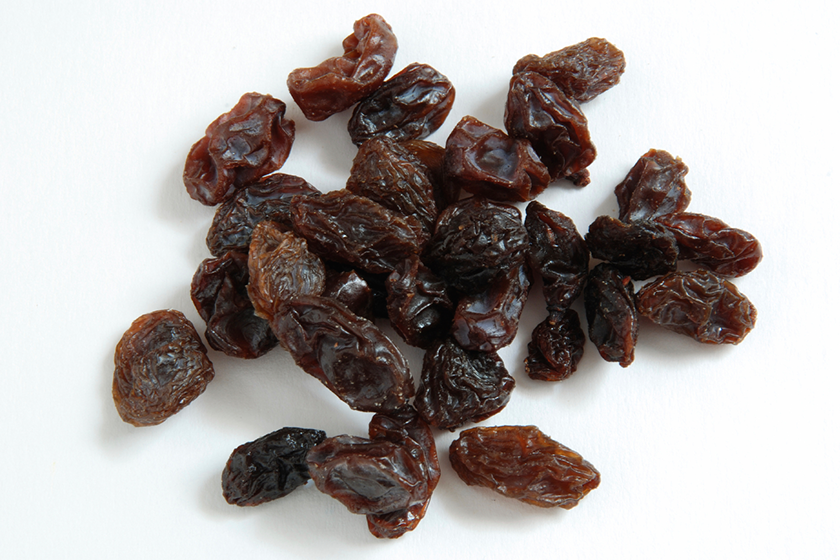Solid foods: what to offer and what to wait on
 View as slideshow
View as slideshow
Starting solids
Most experts suggest that parents wait until their baby is 6 months old to introduce solid foods, though some babies may be ready for solids sooner or later than that. (Learn readiness signs here.) First foods should be rich in iron or dense in other nutrients.
For younger babies, foods should be mashed or pureed, and mixed with water or breast milk as needed. As babies get older and develop pincer grasp and a better ability to chew, foods can be offered in small pieces or cubes.
Here’s a list of foods to offer first—and a few to wait on.

Avocados
Avocados are rich in monounsaturated fat, the good fat that’s thought to lower cholesterol. Its rich, creamy texture makes it an ideal first food for babies.

Beans and lentils
Soft-cooked beans are an excellent choice for first finger foods. Lentils are rich in iron and protein, but low in fat, making them a true superfood. Serve soft-cooked beans whole or combine mashed beans with a sweet puree made from apples or carrots.

Blueberries
Blueberries have more antioxidants than any other fruit or vegetable. They also contain lots of fiber. Cut them into small pieces or puree them until your child can chew them completely.

Broccoli
Fibrous broccoli can cause gas in some babies, so offer a little at a time and see how your baby reacts. Chop off the woody stems and steam the florets, then puree in a blender until smooth. Add water or breast milk to get the desired consistency. If your baby is feeding herself, serve bite-sized pieces of soft-cooked florets.

Cereal
Iron-fortified rice cereal is a popular first food with many parents, though concerns have been raised over the level of arsenic in rice products, including rice cereal (learn more here). If you give your baby rice cereal, combine 1–2 tablespoons of the grain with breast milk or formula. Oatmeal and barley are good alternatives to rice.

Chickpeas
Also known as garbanzo beans, chickpeas are high in fiber and protein. Try pureeing them into a hummus recipe or roasting them.

Eggs
While egg whites are among the most common food allergens, there’s no clear evidence that delaying the introduction of egg whites keeps children from developing an allergy. Eggs, which are packed with protein, make a great first finger food. Serve them scrambled or hard-boiled and cut into bite-sized pieces.

Fish
Fish are rich in omega-3 fatty acids (brain food). Choose fish that are low in mercury (such as salmon and trout) and introduce them as early as 6 months.

Meat
Red meat and poultry are chock full of iron. Offer meat that is soft (ground meat) rather than chewy (steak), and make sure all meat is thoroughly cooked and cut into tiny pieces. (Tofu—packed with protein, calcium, and iron—is the perfect alternative for non-meat-eating families.)

Oranges
Oranges and other citrus fruits contain a healthy dose of vitamin C and fiber. But they also have citric acid, which can irritate the skin and the GI tract in sensitive babies. You can offer these fruits, but watch for signs of sensitivity (mild rash around the mouth or gassiness). For babies who are just beginning to feed themselves, you can remove the outer peel and inner skin before cutting the fruit into small bite-size pieces.

Pasta
Soft-cooked pasta is a popular finger food. Choose easy-to-eat pasta like elbow macaroni. Skip the spaghetti (for now), which could pose a choking hazard even when cut into small pieces.

Spinach
Spinach seems to have everything: vitamin A, vitamin C, iron, and calcium. Try pureeing and adding breast milk or formula for a creamier texture. Spinach puree is also a great mix-in with other veggies and proteins.

Sweet potatoes
Rich in beta carotene, sweet potatoes are a favorite first food for many babies. Sweet potatoes can be served soft-cooked in cubes, pureed, or as sweet potato fries.

Whole grain bread
High in fiber and good for your heart, whole grains are essential to staying healthy. If your baby is ready for finger foods, try whole wheat crackers or whole wheat toast cut into long strips.

Honey
Bacteria found in honey can cause botulism, and children younger than age 1 are at greatest risk. Don’t give it to your child until after her first birthday.

Peanut butter
Due to potential peanut allergy risks, the timeline for introducing peanut butter will depend on your child’s health history. Wait until you talk with your child’s pediatrician before offering it. Also peanut butter’s stickiness can make it a choking hazard for babies. (Learn more about peanut allergy and introduction here.)

Raisins
Raisins fall into the sticky food category and can easily clump together and get stuck in your child’s throat. Wait until your child can chew foods completely, and even then offer only a few at a time.